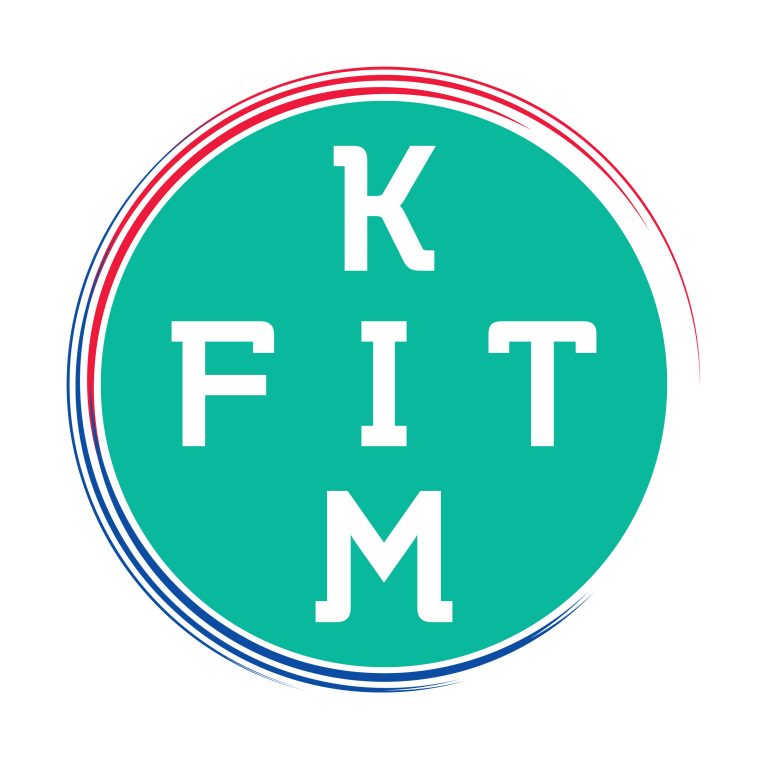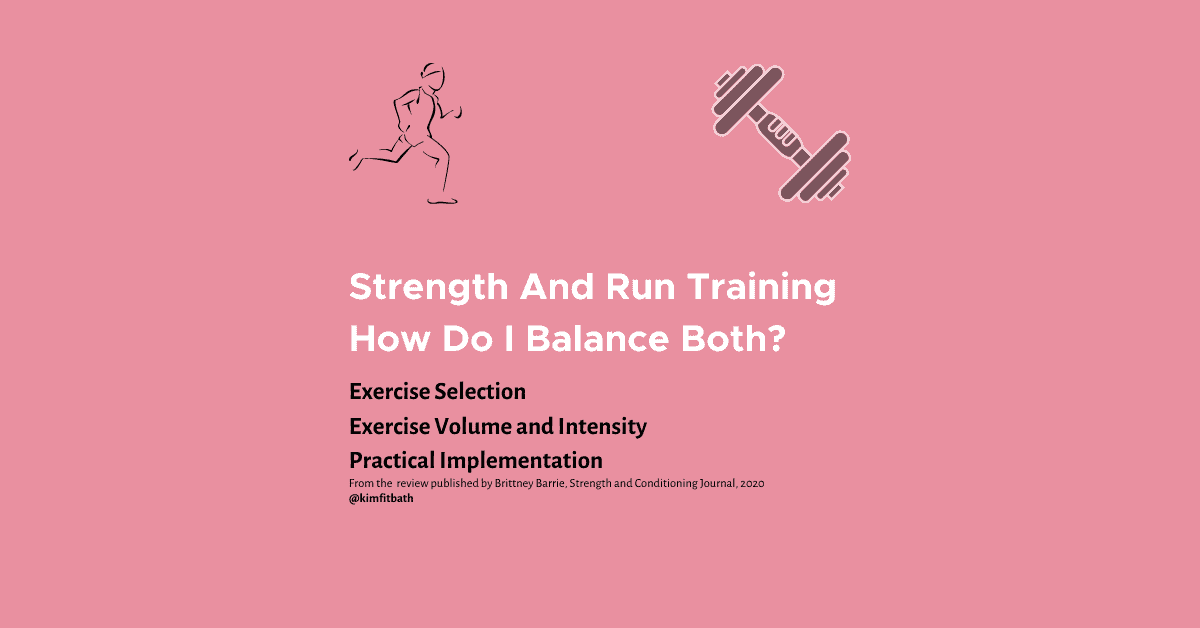How To: Balance Running Training With Strength Training
Concurrent training is when you manage strength training alongside running training. It is an effective way to bolster endurance performance but getting the balance right between the two needs some consideration. In this blog I will discuss the general consensus for how to programme concurrent training for runners, including why it is beneficial and some common concerns.
First of all, it is important to consider what determinants constitute endurance running performance.
These determinants are:
- VO2max
- Lactate Threshold
- Running Economy
How does strength training help improve these factors?
Quite simply it increases the force we can produce per stride.
So what?
Strength training increases running economy (RE) – the oxygen cost of running. A higher RE means that you run faster over a given distance for lower oxygen consumption or run longer at set pace for lower oxygen consumption. Both of these things are good if you’re a runner.
The next step is to understand how to program strength training optimally as part of a concurrent training plan. The next few sections will address the common questions and concerns such as:
‘Which comes first, run or lift?’
‘How many sets and reps?’
‘Which exercises are best?’
‘Will I gain weight?’
‘How do I avoid soreness?’
‘Do I lift in a race week?’
Exercise selection
Exercise selection should incorporate push, hinge, bilateral and plyometric movements.
If you’re a beginner stick to the core movement patterns (squat, deadlift, lunge etc.) but use kettlebells or dumbbells to familiarise with technique.
Multi-joint, running specific movements using free weights applying principle of progressive overload are most beneficial to endurance performance.
Incorporate high velocity plyometric movements into strength training. Both explosive (e.g. CMJ jump) and reactive (e.g. hops, bounds).
Accessory work such as core and upper body is important for trunk stability and movement efficiency. This can be incorporated on days where you want the legs to recover.
Exercise Volume and Intensity
The most common prescription to achieve maximal strength development is >70% 1RM, 2-6 sets, 3-10 reps.
Complex strength training which alternates heavy strength exercises with explosive or reactive strength movements is superior to heavy strength alone and low load, high reps.
Plyometric exercises are beneficial but be careful. Common exercise prescription is 1-6 sets, 4-10 reps. It is important to manage load by number of contacts; the average is 30-227 contacts per session. Start low!
Practical Implementation
Run first if you can. There is less of a negative effect of running on strength than strength on running.
Try to leave 4-6 h between sessions to minimise residual fatigue.
Lift 2-3 times a week depending on how often you run. You can lift more often in your prep/off-season phase, and less often around key races.
Include a deload week every 4-6 weeks. Drop volume and intensity and enjoy the recovery.
Don’t stop lifting in race week. Reduce your volume by about half, and plan the session near the start of the week if you’re racing at the weekend.
Keep hard days hard, and easy days easy. For example, you can pair an interval running session with a heavy lift session. Just allow adequate intersession recovery and give the body an easy or recovery day the next day.
Top tips:
Start comfortable and start some time before you’re planning on racing/peaking to allow for muscle soreness. Pay attention to post-session nutrition and recovery.
Stick to exercise prescription – whether that is pace, HR, weight, sets and reps. It is how it is by design.
Switching sessions doesn’t work either, for the same reason.
Lastly, one thing you don’t need to worry about is concurrent training negatively affecting bodyweight or composition. The idea that concurrent training leads to weight gain or bulking up, is a common misconception. It is not supported by the literature and should not be reason why you don’t try concurrent training.
There is a lot to consider when programming a concurrent resistance training programme for running. If you’re new to strength training, it is always advisable to seek professional help to get started.
I run home workout classes which introduce a lot of the key movements and are ideal for beginners or those who don’t intend to/can’t use a gym. Classes are streamed live via Zoom and include a warmup and progression over a four-week block. You can find out more information here.
Alternatively, I offer online training for runners that combines strength and running. This service is entirely bespoke and delivered to you via an app on your phone, complete with progress tracking and video demonstrations. If you’d like more information on online training click this link.
If you’ve enjoyed this blog you may also like these:
How To Maximise Your Strength Training: 11 Tips For Runners
What Is Strength Training And How Can It Help Your Running?
References:
STØREN, Ø., HELGERUD, J., STØA, E. M., & HOFF, J. (2008). Maximal Strength Training Improves Running Economy in Distance Runners. Medicine & Science in Sports & Exercise, 40(6), 1087–1092. doi:10.1249/mss.0b013e318168da2f
Barrie, B. (2020). Concurrent Resistance Training Enhances Performance in Competitive Distance Runners. Strength and Conditioning Journal, 1.doi:10.1519/ssc.0000000000000528
Denadai, B. S., de Aguiar, R. A., de Lima, L. C. R., Greco, C. C., & Caputo, F. (2016). Explosive Training and Heavy Weight Training are Effective for Improving Running Economy in Endurance Athletes: A Systematic Review and Meta-Analysis. Sports Medicine, 47(3), 545–554.doi:10.1007/s40279-016-0604-z
Blagrove, R. C., Howatson, G., & Hayes, P. R. (2017). Effects of Strength Training on the Physiological Determinants of Middle- and Long-Distance Running Performance: A Systematic Review. Sports Medicine, 48(5), 1117–1149. doi:10.1007/s40279-017-0835-7
Jung AP. The impact of resistance training on distance running performance. Sports Med 33: 539–552, 2003.







